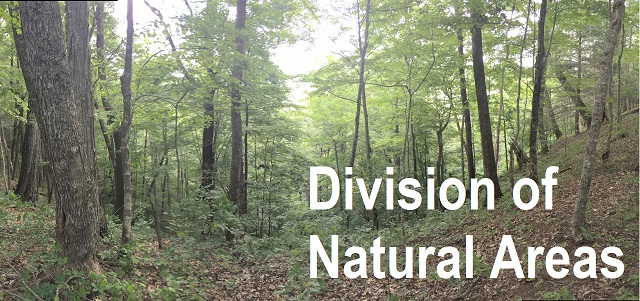Title
The contribution of interspecific variation in maximum tree height to tropical and temperate diversity
Document Type
Article
Publication Date
1-2006
DOI
10.1017/S0266467405002774
Abstract
Maximum height was assessed for tree species from seven temperate deciduous forests, one subtropical forest and one tropical forest and combined with published tree heights for three other tropical forests. The temperate deciduous forests showed a strong concentration of canopy species and a dearth of subcanopy species. In contrast, the four tropical forests showed more uniform distributions of maximum heights, while the subtropical forest had an intermediate distribution. The tropical and subtropical sites had greater densities of small trees than did the temperate sites and most of these small trees were members of small-to medium-sized species. Sapling recruitment per unit stem basal area increased with declining maximum height in Panama, which is consistent with the criterion for coexistence of species of differing stature derived from Kohyama's forest architecture hypothesis. Greater penetration of light into gaps and favourable conditions for growth over most of the year may allow more smaller-statured species to coexist with canopy trees in tropical vs. temperate forests.
Recommended Citation
King, D. A., S. J. Wright, and J. H. Connell. 2006. The contribution of interspecific variation in maximum tree height to tropical and temperate diversity. Journal of Tropical Ecology 22:11-24. doi:10.1017/S0266467405002774



Comments
"We thank Carmi Korine, Rufino Gonzalez and Omar Hernandez for measuring tree heights at Gigante, Panama, and the Great Smoky Mountains National Park, Lilley Cornett Woods Appalachian Ecological Research Station, Eastern Kentucky University and the North Carolina Botanical Garden for logistical support and permission to conduct research and Robert Leverett for locations of old-growth stands at Mohawk Trail State Forest, Massachusetts. Helpful reviews were provided by Peter Ashton, Takashi Kohyama, Egbert Leigh Jr., Helene Muller-Landau and two anonymous reviewers. The Scholarly Studies and Environmental Sciences Programs of the Smithsonian Institution provided support for measurements made in Panama." (p. 19)